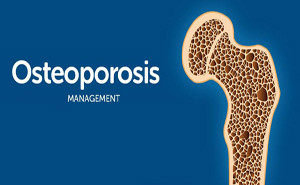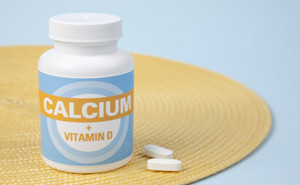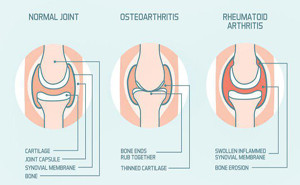Musculo-skeletal-system-drugs
Clinical Neurophysiology: April 2023Long term symptoms following
COVID-19 (Long COVID) now affects a large number of patients with estimates of
up to 100 million people world-wide.Prolonged “long-COVID” (P-L–COVID),
seen several months after even a mild COVID-19 infection, is characterized by a
complexity of neuromuscular, musculoskeletal, and...
Overview of OsteoporosisOsteoporosis is a disease
characterized by low bone mass and deterioration of bone tissue and bone
structure, which can lead to increased bone fragility and risk of fracture. The most common fractures associated
with osteoporosis are in the hip, spine, wrist, and shoulder.
Osteoporosis is the major cause
o...
The role of CalciumCalcium is a
key structural component of bone and is built into bone as a mineral complex
that includes calcium and phosphate. Calcium is a major building-block of bone
– the skeleton houses 99% of the body’s calcium stores. The calcium
in bones also acts as a reservoir for maintaining calcium levels in the blood,
which is n...
Calcium and vitamin D supplements
needs for prevention of osteoporosis and osteoporotic fractures. There is
evidence of significant benefit in people at risk of deficiency.For individuals who cannot get
enough calcium through their diets, supplements may be beneficial. These should
be limited to 500-600 mg per day and it is generally recommende...
Vitamin D is
known for its role in calcium homeostasis for optimal skeletal health. It was
previously believed that only elderly or hospitalized patients were at risk for
vitamin D insufficiency, but many people in the general population have
insufficient levels of Vitamin D (25-hydroxyvitamin D or in short, 25[OH]D).We review the
role of vita...
Osteoarthritis is a disease resulting
from wear and tear on joints over time, whereas Rheumatoid arthritis is an
autoimmune disease where the body’s immune system attacks joint tissues. RemoveAvailable Brand
Genetic factors play a
significant role in determining whether an individual is at increased risk of
osteoporosis. However, lifestyle factors such as diet and physical activity
also influence bone development in youth and the rate of bone loss later in
life.Advice for adults:
Ensuring a well-balanced diet and adequate calcium
intake&nbs...
An Endocrine Society Guideline UpdateWhat Is the Definition of
Postmenopausal Osteoporosis?Osteoporosis is defined as “a [silent] skeletal disorder characterized by
compromised bone strength predisposing to an increased risk of fracture. Bone
strength reflects the integration of two main features: bone density and bone
quality” RemoveAvailable...
The authors of this study
evaluated the association between weight loss and total knee or hip replacement
for osteoarthritis among middle-aged and older adults with overweight or
obesity. Compared with maintaining a stable weight, weight loss of >7.5% was
associated with a reduced risk of total knee but not total hip replacement.
A weight loss...








